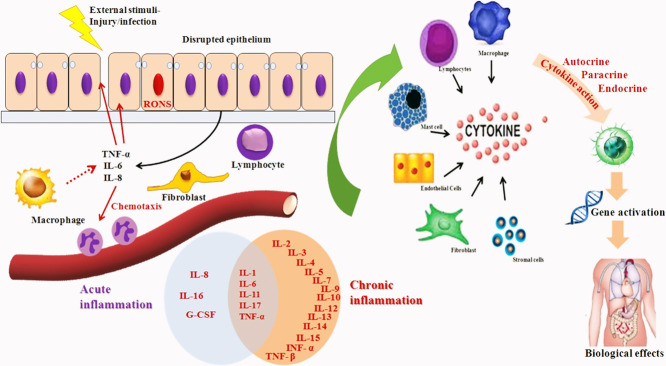Research
Research
Restorative medicine foundations
WHAT IS THE GOAL OF RESTORATIVE MEDICINE?
Restorative Medicine:
Providing the body what it needs to
What is inflammation and is all inflammation bad?
Inflammation:
Cellular inflammation is a type of inflammation that occurs below the level of pain. It’s a vital defense mechanism that’s part of the immune system’s response to harmful stimuli, such as damaged cells, pathogens, toxic compounds, or irradiation. The purpose of inflammation is to remove harmful stimuli and start the healing process. Not all inflammation is “BAD”. Inflammation is required for transformation & to initiate the body’s healing process. If the immune system is not equipped (The adaptive immune system) to respond to reducing inflammation, chronic cellular dysfunction can occur.
Inflammation is always followed by recovery & restoration. If the balance of inflammation to recovery is off, this puts one at risk for chronic inflammation. Chronic inflammation is one of the root causes of chronic cellular dysfunction, which can manifest itself asInflammation is always followed by recovery & restoration. If the balance of inflammation to recovery is off, this puts one at risk for chronic inflammation. Chronic inflammation is one of the root causes of chronic cellular dysfunction, which can manifest itself as
Figure #1: The Cellular Inflammation Cascade & Biological Downstream Effects
Supporting Papers:
REFERENCE 1
REFERENCE 2
WHAT RESTORATIVE PROPERTIES ARE FOUND WITHIN UMBILICAL CORD TISSUE?
Figure #2: Reference 3. Umbilical Cord Tissue & Wharton’s Jelly (WJ).
Supporting Literature:
REFERENCE 3
REFERENCE 4
The restorative properties of the Umbilical Cord are found within the Wharton’s Jelly (WJ). The literature defines and supports Wharton’s Jelly to contain the following:
How natural biologics from the umbilical cord tissue are used in the clinical setting
Read through the research library below




